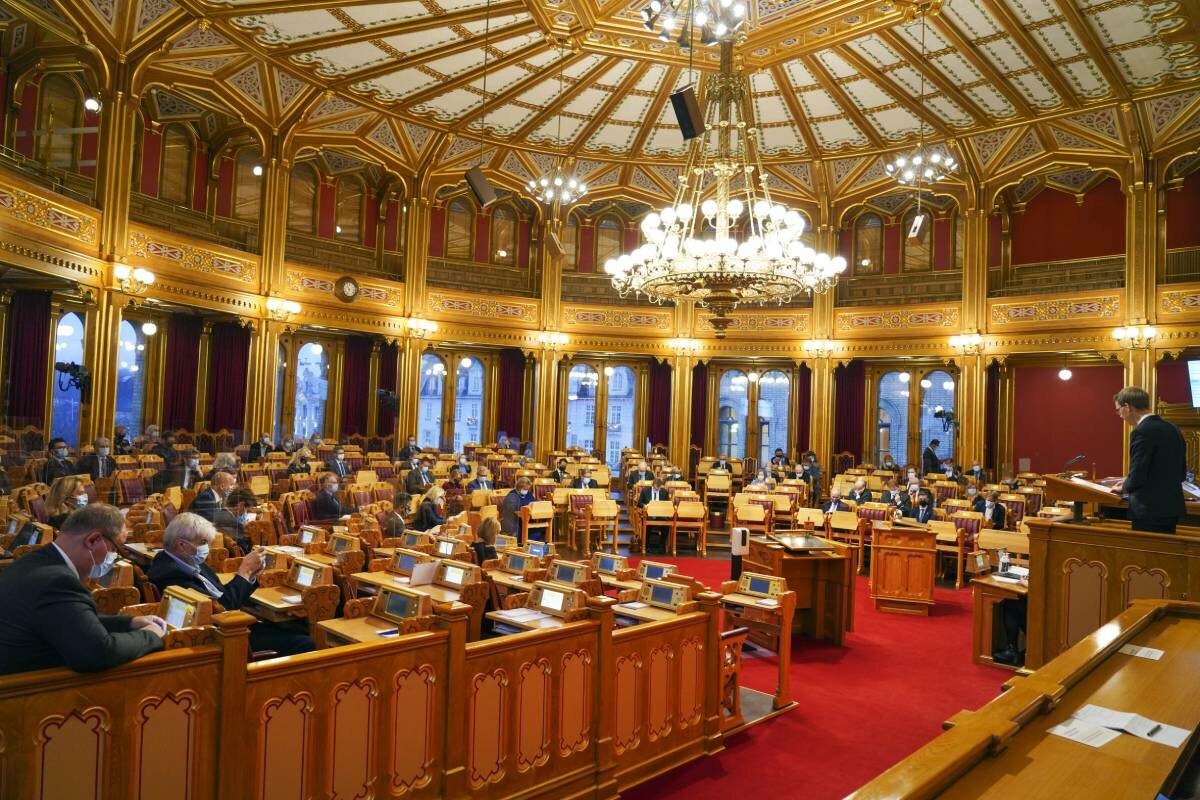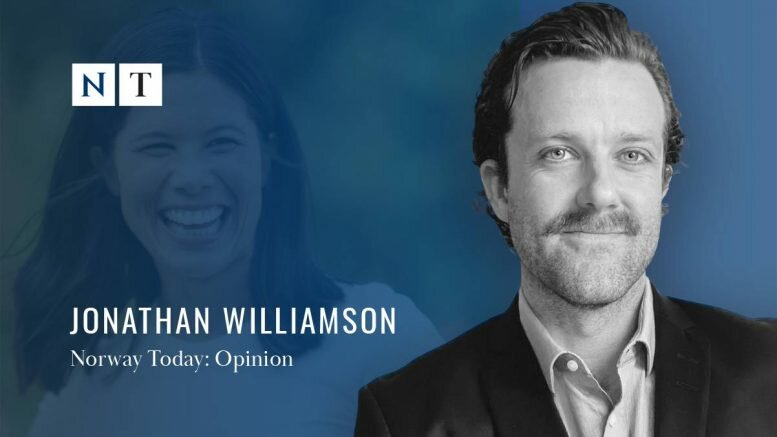One of the biggest political scandals, this summer, has been the political fallout from a projected gap of NOK 7 billion for Oslo’s new water supply project. This mammoth gap tainted not only the City Councillor in charge of the project but also led to the entire City Council resigning. In a country with over 450.000 freshwater lakes, how could a project like this spiral out of control to cost billions more?
Holsfjorden project to provide water security
Since the turn of the century, Oslo has become one of Europe’s fastest-growing cities. Solid economic growth has seen Oslo transform into a bustling, cosmopolitan, and international entrepot. This rapid expansion of the population has caused the City to improve its infrastructure. For a city of just over 600.000 people (with about a million more in the surroundings) the access to multiple supplies of clean drinking water is vital.
Currently, Oslo’s inhabitants have a single source of drinking water, procured from the Maridalsvannet lake, located in the scenic forests just north of the city. The reliance on just a single source is seen as strategically precarious due to population pressure and security concerns. This led city authorities to provide a new source of drinking water by 2028.
A plan was established for a single contract to build a 19-kilometer long tunnel, from Holsfjord, in Lie, through Bærum and Hole to Huseby, on Oslo’s western fringes. Here, a new underground water treatment plant will be built to service and supply Oslo with drinking water. The cost for the ambitious project was estimated to be NOK 12.5 billion making it the single largest investment by the Oslo municipality.
Controversial figure put in charge, already vastly over budget at early stage
In charge of the whole project, for the Oslo City Council, was the Environmental Councilor Lan Marie Nguyen Berg. Hailing from the environmentally-conscious left of center Green Party (Miljøpartiet De Grønne, MDG) she was already a controversial character due to her tough stance on limiting car use in Oslo through a combination of street closures, higher tolls, and increasing bicycle lanes.
When reports began to emerge in mid-June huge budget blowouts, the City Council, a Labor Party-led center-left coalition, began to fracture. At this early stage, the whole project was estimated to cost NOK 5.2 billion more (revised up from 12.5 billion to 17.2 billion) but the “main grid” part of the project will now cost 9.2 billion – a 7.2 billion discrepancy from earlier figures!
That a project could be so over budget, at this preliminary stage, with work not to be completed until late 2028, was both alarming and shocking to most of Oslo’s political movers and shakers.
Eye watering budget blowout led to downfall of Berg, City Council
The City Council, a Labor Party-led center-left coalition, began to fracture at the eye-watering budget blowout. It is now estimated to cost some NOK 17.5 billion, more than 5.5 billion more than first expected whilst the first part of the project, carrying water from Sagene, estimated to only cost 2 billion, has been revised up to 9.2 billion – a 7.2 billion discrepancy!
A vote of no-confidence in Berg was motioned by the Rødt (Red) Party (a traditional far-left ally of the center-left MDG). Things then only got worse for Berg, and for Governing Mayor of Oslo, AP’s Raymond Johansen, as it emerged that a majority of the Oslo City Council, encompassing the far left (Rødt), center-right (Conservative Party), and far-right (Progress Party), voted in support of this motion. With this, the entire City Council leadership resigned.
However, Johansen was able to remain in power, with his second left-leaning Council cabinet being sworn in on June 24. The only change, however, was the absence of Berg.
Securing a second water supply an issue since 1965
Berg’s handling of the nuances of the project was rightly criticized by a broad political spectrum. However, given Berg’s horrendous previous encounters with severe online hatred, sexism, racism, and “trolling,” a careful tone was adopted by the media. The project, according to Rødt Group leader Einar Evereun, has to “be managed, led, and informed by a city councilor that we trust.” Evidently, according to a majority of the City Council, Berg was not this leader.
However, a memorandum, obtained by NRK, from to the City Council, by Environment and Transport Agency Councilor Sirin Stav to the City Council, stated that much of the previous financial assessment was made at a preliminary stage when figures were uncertain. The City Council is now waiting for external analysis and assurance of the projected figures.
So should Berg have been made the scapegoat so quickly? Keep in mind that securing a second source of drinking water, for Oslo, has been lingering since 1965 when it was first discussed. Generations of politicians, from all parties, have consistently left this issue unresolved. They too should bear some responsibility for the cost blowout – leaving it to an era labor costs so dearly.

Photo: Ole Berg-Rusten / NTB
Everything is relevant in an election year
Depending on your political persuasion, this was either a case of sheer incompetent blundering or a case of rapidly rushed accounting giving only a preliminary indication of the true cost of the project. The truth, like life, is not black and white but somewhere in the (grey) middle. So what lessons can be learned from this?
Voting trends from parliamentary and municipal elections are often deliberately contradictory. Voters like to see a diffusion of power at all levels of government. Given the upcoming parliamentary elections next month, it will be interesting to see if there is any political fallout for both the Green and Labor Party nationally.
For Berg, though she has resigned from the City Council, this is certainly not the end of her political career. She is the Green Party’s candidate for Oslo in the upcoming national parliamentary elections. Already a divisive figure in Oslo, will voters be able to forgive her apparent mishandling of the project, or will they punish her as being responsible for the downfall of the Oslo City Council? Certain media outlets have already started a fear campaign, with one VG article placing the number of car parking spaces she has “removed” in the byline.
For the Labor Party, given that this happened whilst their man was in charge of the Council, the incident may indeed have some political blowback. Given that this happened under a Labour-led City Council, this does not bode well for the national party which has been relegated to opposition for the past 8 years. Delivering budget blowouts instead of results is exactly how Labor could be kept out of power after this election.
Remember the Mongstad…
Given the astronomically high numbers, one must also remember that there are 3 new pipelines being built to further service the Holsfjorden project. The total cost of all works associated with establishing a new supply of water, for Oslo inhabitants, is (as of August 2021) NOK 27 billion. This represents one of the largest ever infrastructure projects undertaken by the Oslo City Council.
Regardless of the eventual cost, and budget blowout, of the Holsfjorden project it pales in comparison to the Mongstad Oil Terminal. An oil refinery, built in Vestland, in the late 1970s by Statoil, it was upgraded in 1987.
However, a combination of bad planning, management, and calculations led to the NOK 8 billion budget being exceeded by 6 billion – or approximately 13 billion in today’s currency. This led to a spate of board member resignations including, for the first and only time in the history of Statoil, the Chief Executive Officer Arve Johnsen.
When the Oslo City Council next launches a huge infrastructure project, a few things must change. A more competitive tender process should be allowed to happen along with a realistic expectation of projecting costs.
Berg hasn’t exactly set the standard for her age group (the much-maligned “millennials”) as they slowly replace the older political class. She will bounce back and learn from this harrowing experience. With her political career still intact (and possibly quickly to improve), the only ones with a price to pay are the inhabitants of Oslo who must now pay more (through taxes) for their drinking water.
The opinions expressed are those of the author and are not held by Norway Today unless specifically stated.
About the author:
Jonathan is a lover of the written word. He believes the best way to combat this polarization of news and politics, in our time, is by having a balanced view. Both sides of the story are equally important. He also enjoys traveling and live music.
Source: #Norway Today / #NorwayTodayNews
Do you have a news tip for Norway Today? We want to hear it. Get in touch at [email protected]






Be the first to comment on "The Oslo water project budget blowout is simply outrageous – will there be consequences?"